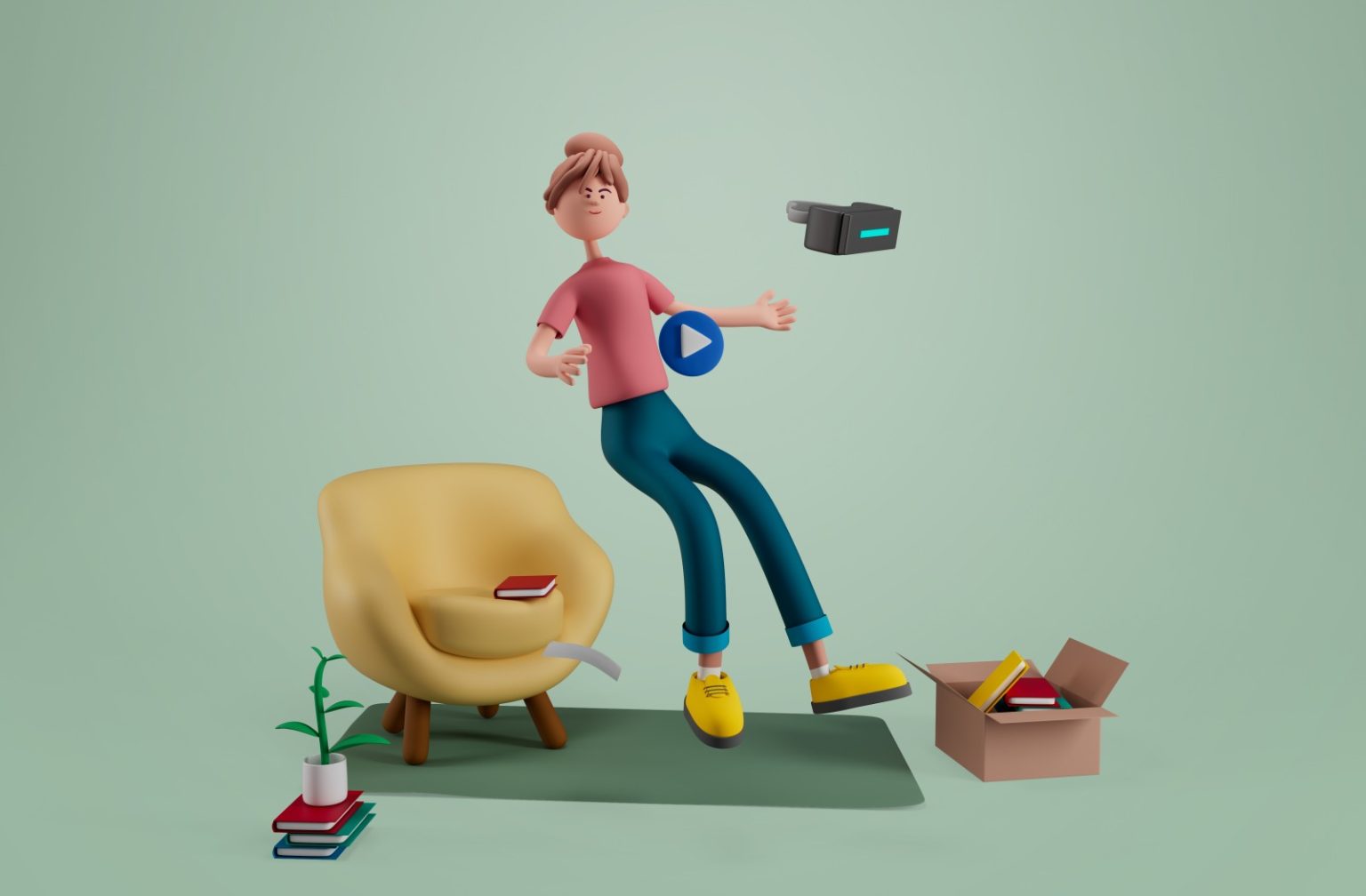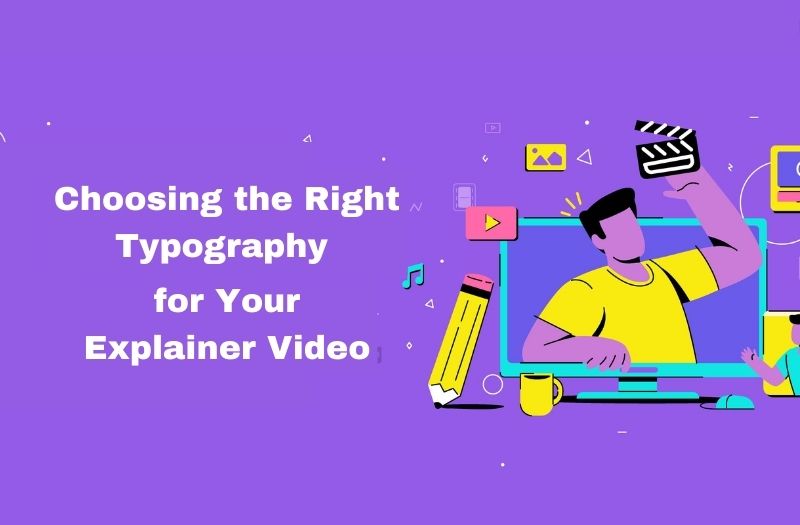What are 3D explainer videos?
3D explainer videos are animated videos that utilize three-dimensional computer graphics to visually describe and portray a product, concept, or idea, generating a realistic and captivating viewing experience.
Key Characteristics of 3D Explainer Videos:
- Bring products, services, concepts, or ideas to life in a more immersive manner.
- Illustrate complex mechanisms, architectural designs, or scientific simulations.
- Offer a high level of detail and authenticity in visual representation.
- Require specialized software and proficiencies for creation.
- Involve various stages including conceptualization, modeling, texturing, and animation.
- Improve storytelling through effective camera movements and depth.
- Can be customized to match particular brand aesthetics and styles.
- Can be utilized to understand product characteristics, advantages, or functionality.
- Communicate complicated ideas or concepts in a visually accessible way.
- Can be utilized for training, educational, marketing, or promotional purposes.
- Provoke emotions and generate a memorable viewing experience.
What are 2D explainer videos?
2D explainer videos are animated videos that utilize two-dimensional graphics to visually describe and convey a product, concept, or idea in a flat and illustrative style.
Key Characteristics of 2D Explainer Videos:
- Communicate information and messages through innovative visuals and storytelling.
- Use graphics, icons, and diagrams to simplify complicated ideas and concepts.
- Can include text, voiceover, or music to intensify the message.
- Provide versatility with reference to customization and branding.
- Have a broad variety of applications, such as marketing, education, and training.
- Can efficiently engage and attract viewers with visually appealing animations.
- Generally designed to be brief and focused, providing information in a simpler and concise method.
- Are adaptable with different types of platforms and devices for easy distribution and viewing.
- Can be conveniently shared on websites, various social media platforms, and video hosting platforms.
- Offer an opportunity to represent brand identity, values, and personality through visual design and animation.
- Can be translated into different languages to reach a wide range of audience.
Which is best for you?
When it comes to selecting between 3D explainer and 2D explainer videos, there are several factors to consider. Both options have their own benefits, and it ultimately relies on your particular requirements and preferences. Here is a detailed comparison between 3D explainer and 2D explainer videos:
1. Visual Appeal:
3D Explainer Videos:
Use three-dimensional computer illustrations to create a visually alluring experience.
Utilize realistic characters, lighting effects, and vivid animations to engage viewers.
Can display detailed environments, complicated product designs, and dynamic camera movements.
Particularly effective for industries including architecture, engineering, and manufacturing.
2D Explainer Videos:
Depend on two-dimensional visuals, using illustrations and graphics with flat perspectives.
Generally, use colorful characters, engaging animations, and creative transitions.
Suitable for communicating concepts, explaining stories, and simplifying complicated ideas.
Widely utilized in industries including technology, education, healthcare, and marketing.
2. Complexity and Detail:
3D Explainer Videos:
Ideal option if your product or concept requires complex details, dynamic movements, or realistic simulations.
Enable the creation of complicated models, realistic physics-based animations, and lifelike environments.
Particularly useful for industries dealing with complicated machinery, architecture, or scientific simulations.
Offers a more detailed and proper representation of your product or idea.
2D Explainer Videos:
Innovative in simplifying complicated ideas or concepts, although may not provide the same level of complexity and realism as 3D videos.
Use visual metaphors, diagrams, and graphics to communicate information in a simple and concise way.
Designed to be visually appealing and memorable, adjustable for a wide range of industries and audiences.
3. Cost and Time:
3D Explainer Videos:
Generally, more time-consuming, challenging, and expensive compared to 2D explainer videos.
Requires specialized proficiencies and resources for developing 3D assets, modeling characters and objects, and animating them.
The level of detail, complexity, and realism in 3D videos adds to the time and cost of the production process.
Not the most practical choice if you have a limited budget or require a quick turnaround.
2D Explainer Videos:
Generally, more inexpensive and quicker to produce compared to their 3D counterparts.
The simplicity and uniformity of visual graphics, accessibility of pre-designed assets, and flexibility of 2D animation software contribute to faster production times and lower costs.
A popular option for businesses with limited budgets or short deadlines.
4. Branding and Target Audience:
3D Explainer Videos:
Choice can be affected by your brand image and intended audience.
Boosts brand perception if your brand identity associates with a modern, advanced image and your target audience values advanced visuals.
Industries including gaming, technology, and automotive often benefit from the utilization of 3D graphics.
2D Explainer Videos:
Provide an adaptable range of styles that can cater to different types of branding needs.
The flat, multicolor aesthetic of 2D animations can be modified to match the tone and personality of the brand.
Efficiently communicate your message and resonate with your target audience, whether you aim for an experienced, fun, or sentimental vibe.
5. Storytelling:
3D Explainer Videos:
Develop a more captivating narrative experience through their utilization of camera movements, depth, and realistic environments.
Dynamic storytelling by managing 3D objects and representing scenes from various angles.
Specifically, efficient when demonstrating product characteristics, displaying architectural designs, or presenting complicated procedures.
Mesmerize viewers with a level of realism and engagement.
2D Explainer Videos:
Depend on creative graphics, character movements, and proper transitions to communicate a compelling story.
Two-dimensional illustrations lend themselves well to effective storytelling techniques, including animated graphical representation, character-driven narratives, and images.
Efficiently convey complex ideas and provoke emotions in the target audience with a properly crafted script and engaging illustrations.
6. Compatibility and Accessibility:
3D Explainer Videos:
Provide a visually magnificent experience but may require more processing power to deliver and view.
Viewers may require adaptable and consistent devices or software to fully appreciate the 3D effects.
Not convenient for all platforms, particularly those with limitations on file size or delivering capabilities.
Consider the distribution channels and devices your intended audience is likely to use before choosing 3D explainer videos.
2D Explainer Videos:
Broadly supported across various platforms and devices.
Easily viewed on websites, different social media platforms, and mobile devices without any adaptability issues.
Smaller file sizes of 2D videos make them simple to share, view, and load, ensuring a consistent viewing experience for a wider audience.
Final Words:
The choice between 3D explainer and CFV relies on numerous factors. If you need detailed illustrations, realistic simulations, and captivating experiences, 3D explainer videos can be an engrossing choice. However, these videos have higher costs, are time-consuming, and may require more powerful hardware for viewing. On the contrary, 2D explainer videos provide a broad variety of creative styles, faster production times, lower costs, and wider compatibility across devices and platforms. Consider your specific requirements, budget, target audience, and brand identity to decide which option aligns best with your objectives.




